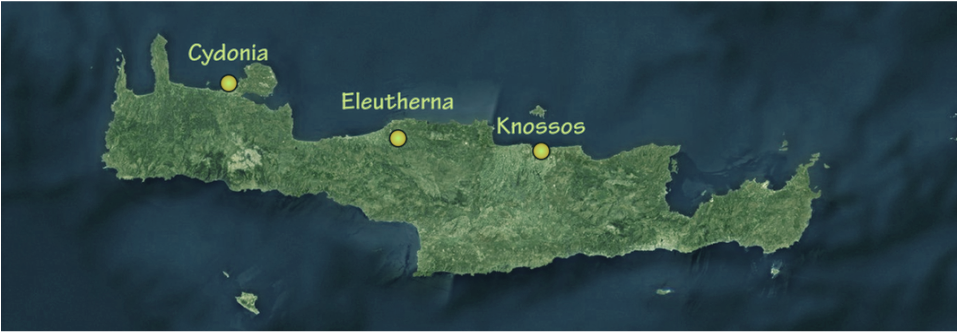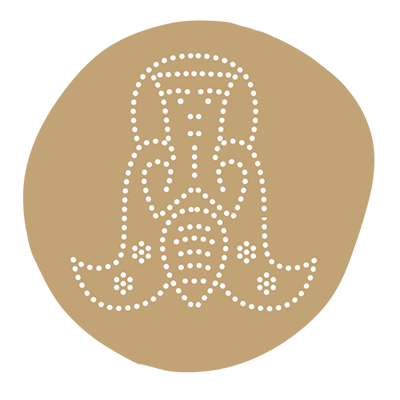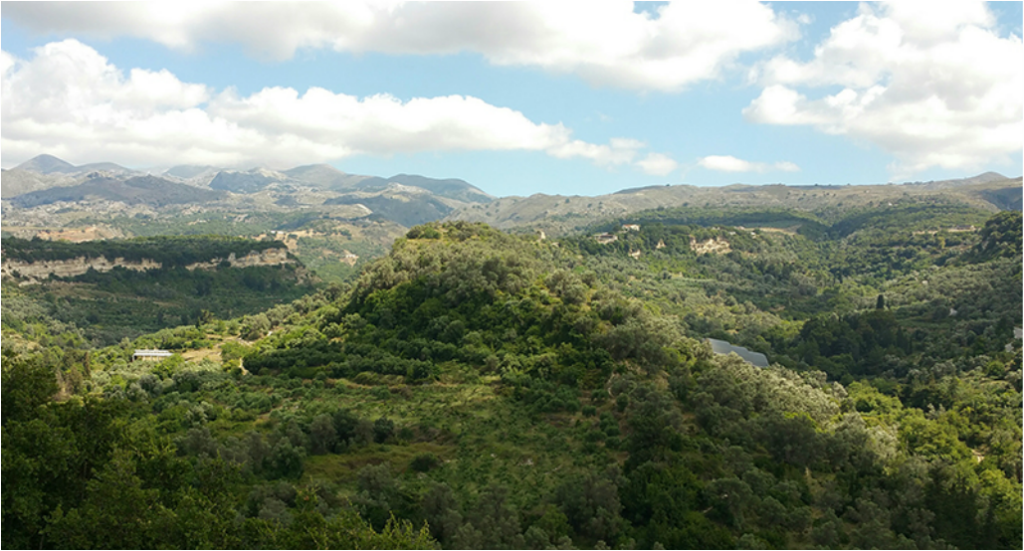
The site resembles a vast stone ship pointing its prow towards the northwest, moored among the ineffable green of olive trees, vines, kermes oaks, carob trees, and styrax shrubs. The elongated marly limestone hill of Prines (modern Archaia Eleutherna) belongs to the lowest northwestern-most foothills of Psiloritis, the formerly densely forested Mount Ida. It rises approximately 380m above sea level. Its top is divided into two almost flat, fairly wide strips of land: a northern stepped one (Pyrgi) and a wider, higher one at the centre. Its north end forms a saddle in the middle of which rises the Byzantine-Medieval tower. The terrain closely resembles actual promontories that project into the sea, hence the modern name ‘Nisi’ (island) of the ancient city’s western section on the Eleutherna hill.
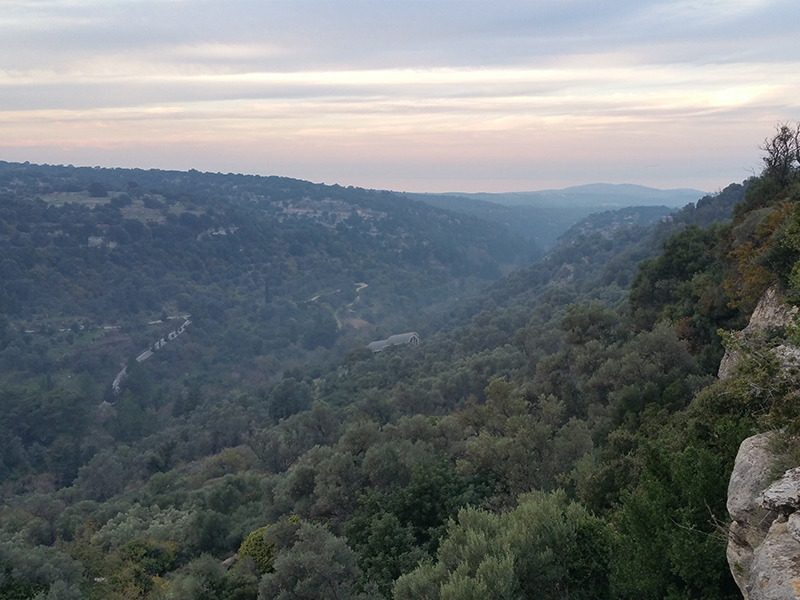
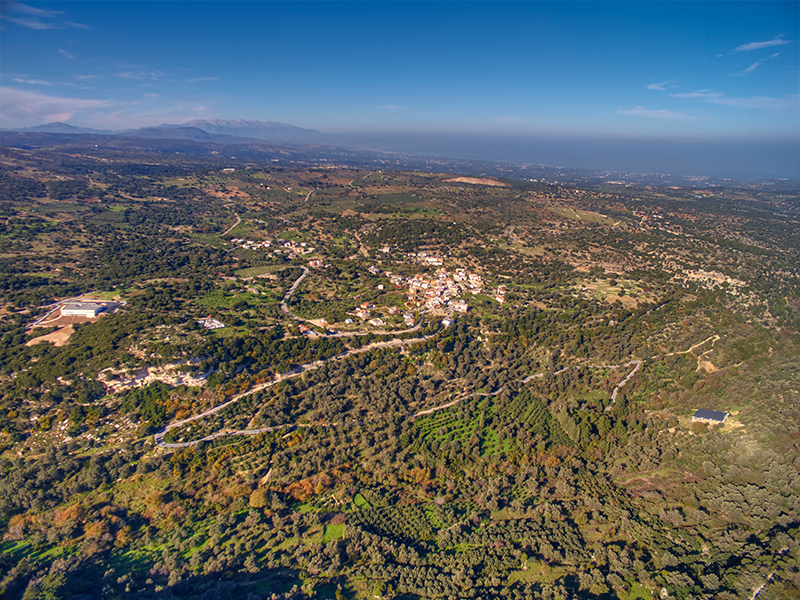
According to tradition, the city was named after Eleutheras, one of the Kouretes, who protected the infant Zeus by beating upon their bronze shields thus preventing his father Cronus from hearing his cries and devouring him.
Current archaeological evidence shows that, Eleutherna was one of Crete’s most important ancient cities, a capital city of the Geometric and Archaic periods – that is, the periods when the Homeric poems were disseminated and recorded in writing. The city minted its own coins in the fourth century BC. In the third century BC, Eleutherna fought against Rhodes and its ally Knossos. In 220 BC, when the Cretan cities fought against each other, Eleutherna sided with Knossos, but a siege forced it to break the alliance. In 68 BC, when the Roman general Metellus attacked Eleutherna, the city managed to resist for some time because of its fortified location, but was finally conquered through treason.
The poet Linus, the philosopher Diogenes, the lyric poet Ametor, and the sculptor Timochares, father of Pythokritos of Rhodes (by adoption), creator of the famous Victory of Samothrace, were all natives of Eleutherna.
Humfry Payne of the British School at Athens excavated at Eleutherna for 20 days in 1929. Systematic excavations by the University of Crete began in 1985 and have revealed important archaeological remains of the ancient city, whose life spans essentially from the Geometric to the Early Byzantine periods, and evidence for settlement from the Early Bronze Age (third millennium BC) to modern times.
